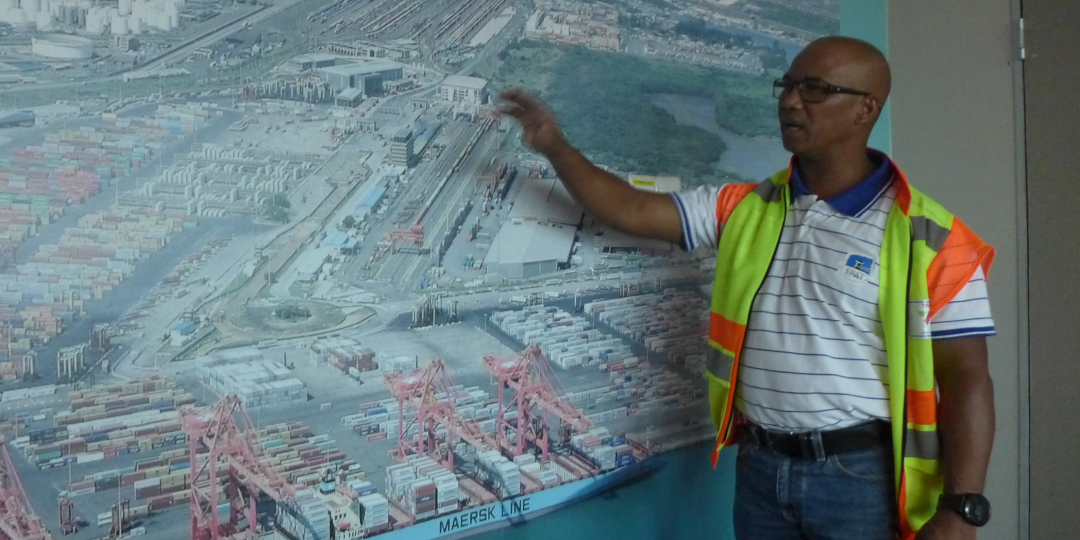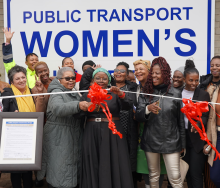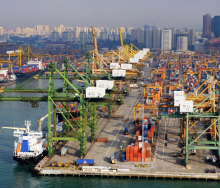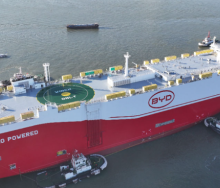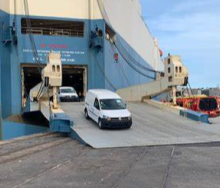Last Friday’s deployment of four new straddle carriers at the Port of Durban has already had a positive impact on container movement at the busy Pier 2 terminal, but only time will tell whether current improvements will last – and for how long.
Durban Terminals chief executive Earle Peters said although it was still early days, a “change in operations” had been detected.
"Efficiencies have improved."
This view was confirmed by Ashleigh Govender, a private-sector representative from Positive Freight Solutions, which, along with fellow industry bodies Harbour Carriers, Change in Logistics, and the South African Association of Freight Forwarders, holds weekly meetings with Transnet.
“Over the last few days, we can see improvement in the bookings and the truck turnaround time."
However, it could be because of low volumes, Govender added.
Commenting about overall improvements achieved by Transnet Port Terminals (TPT), Peters said: “We have no vessels at anchor and berthing is being done according to original scheduling windows.”
Govender, though, is cautiously optimistic: “Hopefully, we don’t have a problem when the volumes pick up because work time on straddles is still a major concern.
“Since November, we have had a torrid time with Transnet and its equipment breaking down.”
He said the dwell time for transporters fetching containers at Pier 2 had certainly improved.
According to communication by the logistics utility, the worst-affected tower at Pier 2 since the straddles had been deployed, recorded a dwell time of 180 minutes at the staging area.
Once trucks were inside the terminal, it took another 66 minutes on average to evacuate containers.
This compared starkly with matters going into the festive season last year, Govender said, when harbour carriers often had to wait three days before getting a truck-booking slot, and about 24 hours inside the terminal.
Govender said the industry could only hope that operations continued to improve.
Peters said that was the intention.
“We have expanded our landside fleet from 16 to 20, have another four straddles that are being assembled, and will follow that up with another four. By the middle of February, we should have 12 new straddle carriers in operation.”
All in all, it means TPT will have a fleet of about 60 straddles before the end of the first quarter this year.
“It’s a significant improvement,” said Govender.
"During December there were times when only 30 straddle carriers were available. Also, remember that once all the new carriers are deployed, we’ll still have about 40 carriers that are old and which regularly break down.”
Peters and Govender agreed that it would take a week or more to see whether the new straddles would signal longer-lasting improvement in land-side container movement.
